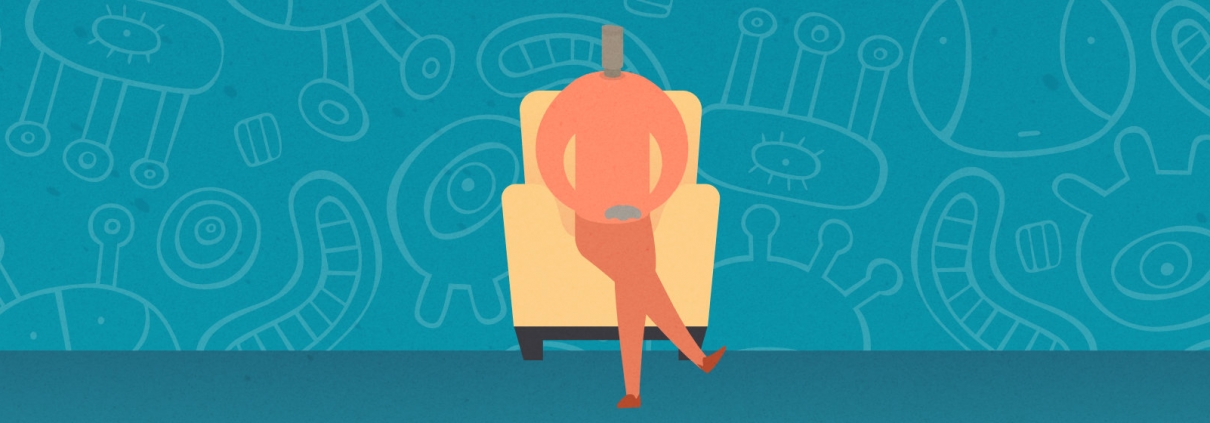Due to the rarity of these conditions, HCP options might be limited. If a preferred specialist is located dozens or hundreds of miles away – a reality for people living in rural areas – that could contribute to significant travel costs, including hotel stays. Further complicating matters, severity and treatment options might necessitate more frequent or longer visits.
One Myasthenia-Gravis.com patient leader discussed the difficulties of dealing with travel to and from HCP appointments, due to the distance and her condition making it harder for her to always be able to drive herself. If her daughter isn’t available to drive her, she describes her main options as either necessitating too much planning and wasted time or costing too much. “There are taxi services,” she said, “but the cost is too prohibitive to call them.”
Patients must also consider whether their HCP is affordable or accepts their insurance. For example, one Neuromelitis-Optica.net patient leader went through three different neurologists before she finally found one “qualified to treat NMO and who would accept my insurance.”
In addition to providing obstacles to overall clinical care, HCP-related financial concerns can have a weighty impact on treatment options. This was the case with a number of Thyroid Eye Disease In America 2022 respondents, with 18% saying costs for HCP visits represent a significant barrier to receiving ideal treatment.
The Hurdle of Narrow Treatment Options
For many living with rare conditions, affordability of treatments represents one of the most – if not the most – significant obstacles along their health journeys. Findings from across Health Union’s In America surveys of rare conditions show this to be the case:
- One-third of Thyroid Eye Disease In America 2022 respondents said they are unable to afford the cost of treatment for their condition
- 23% of Sleep Disorders In America 2021 respondents living with narcolepsy say cost is a significant barrier to receiving ideal treatment
- 77% of Sickle Cell Disease In America 2022 respondents said they consider affordability and cost to be extremely important in treatment decision making
Although development of treatments for rare conditions has picked up in recent years, many treatments might be on the newer side and, in many cases, might be the only option for treating the condition or a specific symptom. With few to no generic alternatives, people with rare conditions often face steep costs – even with insurance, high co-pays are common – to effectively treat their conditions.
One Sleep-Disorders.net patient leader said the monthly cost of a narcolepsy medication that “allowed me to finally sleep in a way I wasn’t even aware I was missing” nearly “matched my rent.” In fact, America’s Health Insurance Plans recently reported that the prices for drugs to treat rare conditions are 25 times more expensive than traditional drugs.
As a result, some people living with rare conditions are simply unable to afford treatments that could extend their lives or improve their quality of life, either at all or for a period of time. One Sickle-Cell.com patient leader said there have been times when “I haven’t been able to afford my medication so have had to go months on end without them.”
The Added Headache of Insurance Issues
The ability to afford a preferred specialist or the best possible treatment is often impacted by medical insurance – not just access to it, but also the type of plan, co-pay costs and how the insurer classifies different medications. For example, three in 10 Sleep Disorders In America 2021 respondents living with narcolepsy say insurance is a significant factor in treatment decisions, and 11% say copays to see their HCPs are too high and not affordable.
Depending on the individual’s situation, people with rare conditions run into various issues based on the types of plans they have. One SpinalMuscularAtrophy.net patient leader discussed the issues she’s had with private, employer-sponsored insurance, with high deductibles forcing her to “buy items that I needed for my disability out of pocket.” Another SpinalMuscularAtrophy.net patient leader had trouble paying for insurance to supplement his Medicare plan; he also expressed concerns about making too much money and, as a result, losing Medicare.
A common dynamic experienced by people living with rare conditions is being denied coverage for treatments. One HSDisease.com patient leader had to skip a necessary infusion for five months due to an insurance denial; as a result of missing those infusions, she was informed the treatment would no longer have the same efficacy. A SpinalMuscularAtrophy.net patient leader said she was caught off-guard when she received the first of three insurance denials for a life-changing medication.
One Neuromyelitis-Optica.net patient leader experienced an attack before he had been enrolled in his new employer’s insurance plan; instead of going to the hospital, he tried to recover on his own, leading to the vision in his right eye being destroyed. “The thought of owing thousands of dollars in medical bills scared me to death,” he said. “But me losing my vision should’ve been the ultimate fear.”
Assistive Devices and Helpful Household Items Add Up
Managing rare conditions can often require significant lifestyle changes and purchases – for both household and big-ticket items – that can prove costly. One SpinalMuscularAtrophy.net patient leader refers to this as the “disability tax,” referring to “the extra expenses that are incurred due to a physical disability.”
One HSDisease.com patient leader, who is a “repeat buyer of gauze, Vicks, Epsom salt, medical tape, and bacitracin, just to name a few,” said that it “gets expensive just trying to live your life without any pain.” She lamented that she would have to live with painful groin flares because a few of those items were “not part of the budget anymore,” deprioritized behind “rent, food, toilet paper, and gas.”
Lifestyle changes often require acquiring and maintaining various assistive devices or adaptive technologies that can be quite costly. Depending on the condition – and the individual’s severity – these devices may be necessary for basic functions or could greatly improve quality of life.
For conditions like myasthenia gravis and spinal muscular atrophy that hinder or impair mobility, wheelchairs and other related technologies are a significant consideration. One Myasthenia-Gravis.com patient leader mentions that not every insurance provider pays for “durable medical equipment,” such as canes or walkers; when it does, only a certain percentage of the cost might be covered, and certain equipment – she specifically mentions wheelchair ramps – might not be covered at all.
A SpinalMuscularAtrophy.net patient leader estimated that, due to his progressive mobility limitations, “if I wanted the freedom of being able to drive” via a wheelchair-accessible van and electronic driving controls, “I would need to spend well over $100,000.”
Dealing with Limited Income Opportunities
Compounding the need to pay for essential treatments, clinical care and resources, people with rare conditions are often limited in their ability to independently make a sustainable income.
One ThyroidEyeDisease.Net patient leader discussed a peer who, due to “vision changes, and painful and fatigued eyes,” had to take a medical leave from a job they loved that involved working in front of a computer. “This created a financial burden, causing them to experience anxiety and depression,” she said.
Many with rare conditions – due to multiple factors, including frequent illnesses, symptoms that impair the ability to work and potentially limited employment opportunities – are more likely to make less money than other individuals. For example, research finds that people with sickle cell disease have shorter life expectancy and reduced employment, contributing to them earning about $700,000 less during their lifetime than people who don’t have the condition.
One Sickle-Cell.com discussed how the complexities of living with sickle cell disease can lead to an “inconsistent stream of income.” In her own case, she had to deal with a tough job market after being out of work for six months treating liver infection – including tests, hospital bills and medications – and being “back and forth with my finances because of sickle cell.”
Social Health Illuminates Financial Challenges
Better understanding the health journeys of people living with rare conditions, specifically the financial challenges they face throughout their health journeys, will provide the healthcare industry with what they need to provide necessary resources. Social health creates space for patients to discuss their unique challenges, allowing the healthcare industry to better address their needs.
Partner with Health Union to better understand these insights and to expertly navigate the expansive world of social health – including scalable, socially driven online health communities, like the newly launched RareDisease.net – and comprehensive, quantitative, condition-specific data.





